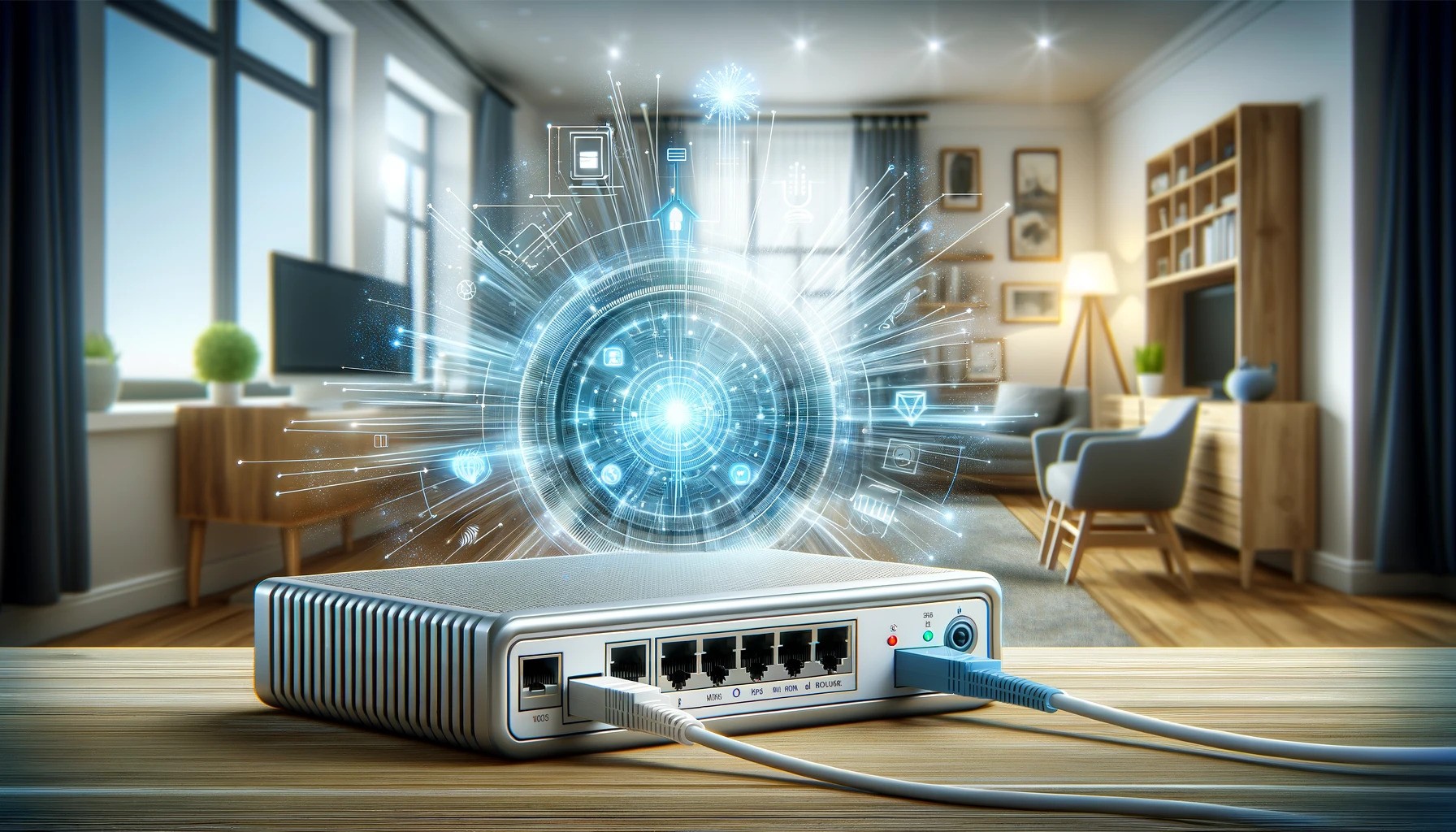In today’s fast-paced digital world, understanding the technology that powers our internet connections is crucial. One such essential component is the ONT. But what is an ONT? This article will delve into the details, providing everything you need to know about ONTs.
1. Introduction to ONTs
An Optical Network Terminal (ONT) is a crucial device in the realm of fiber-optic networks. It serves as the endpoint of the fiber-optic line and interfaces with your home or office network. The ONT converts optical signals transmitted via fiber-optic cables into electrical signals that your devices can understand. As the demand for faster and more reliable internet grows, the role of ONTs becomes increasingly important.
2. How ONTs Work
ONTs function by receiving data through fiber-optic cables from your Internet Service Provider (ISP). These cables transmit data as light signals, which the ONT then converts into electrical signals. This conversion allows the data to be distributed to various devices within your home network, such as computers, smartphones, and smart TVs. The ONT also sends data back to the ISP in the same way, ensuring two-way communication.
3. Components of an ONT
An ONT comprises several essential components. These include a fiber-optic port for connecting the fiber cable, Ethernet ports for connecting to your home network, and sometimes phone jacks for VoIP services. Additionally, ONTs often come with an optical transceiver, power supply, and various indicator lights that show the status of the device and connection.
4. Types of ONTs
ONTs come in different types to cater to various needs. The two primary types are Single-Family Unit (SFU) ONTs and Multi-Dwelling Unit (MDU) ONTs. SFU ONTs are designed for individual homes and typically feature fewer ports. MDU ONTs, on the other hand, are intended for apartment buildings or multi-tenant facilities and can support multiple connections simultaneously.
5. Installation of an ONT
Installing an ONT is usually handled by your ISP during the setup of your fiber-optic internet service. The process involves connecting the fiber-optic cable to the ONT, powering the device, and then connecting it to your router or network. It’s important to place the ONT in a location where it can easily connect to other devices and where it will remain secure and undisturbed.
6. Benefits of Using an ONT
Using an ONT offers several benefits. The primary advantage is access to high-speed internet, which is essential for activities such as streaming, online gaming, and remote work. ONTs also provide more stable and reliable connections compared to traditional copper-based systems. Moreover, they support high bandwidth, which means multiple devices can connect simultaneously without significant drops in speed.
7. Common Issues with ONTs
Despite their benefits, ONTs can sometimes experience issues. Common problems include connection drops, slow internet speeds, and device malfunctions. These issues are often caused by physical damage to the fiber-optic cable, power supply problems, or issues with the ISP. Troubleshooting typically involves checking the physical connections, restarting the device, or contacting the ISP for further assistance.
8. Troubleshooting ONT Problems
When troubleshooting ONT problems, start by ensuring all cables are securely connected and that the power supply is functioning. Check the indicator lights on the ONT for any warning signals. Restarting the ONT and router can often resolve minor issues. If problems persist, contacting your ISP for support is recommended, as they can perform remote diagnostics and provide further guidance.
9. ONT vs. Router
It’s important to understand the difference between an ONT and a router. An ONT is responsible for converting optical signals to electrical signals and vice versa. A router, on the other hand, distributes the internet connection within your home or office network. While some modern devices combine the functions of an ONT and a router, they are fundamentally different components serving distinct purposes.
10. Future of ONTs
The future of ONTs looks promising with advancements in fiber-optic technology. As the demand for faster and more reliable internet continues to grow, ONTs will play a crucial role in meeting these needs. Future developments may include more compact designs, higher efficiency, and integration with advanced smart home technologies, further enhancing the user experience.
11. Choosing the Right ONT
Selecting the right ONT depends on your specific needs and the type of internet service you have. Factors to consider include the number of devices you plan to connect, the bandwidth requirements, and the type of ONT supported by your ISP. Consulting with your ISP and reading customer reviews can help you make an informed decision.
12. Conclusion
Understanding what an ONT is and how it functions is essential for anyone using fiber-optic internet. ONTs are pivotal in delivering high-speed, reliable internet connections, and their importance will only grow as technology advances. Whether you’re setting up a new connection or troubleshooting existing issues, having a comprehensive knowledge of ONTs will help you get the most out of your internet service.
By providing a detailed overview of ONTs, this article aims to equip you with the knowledge necessary to make informed decisions about your internet setup and troubleshoot any potential issues effectively.

